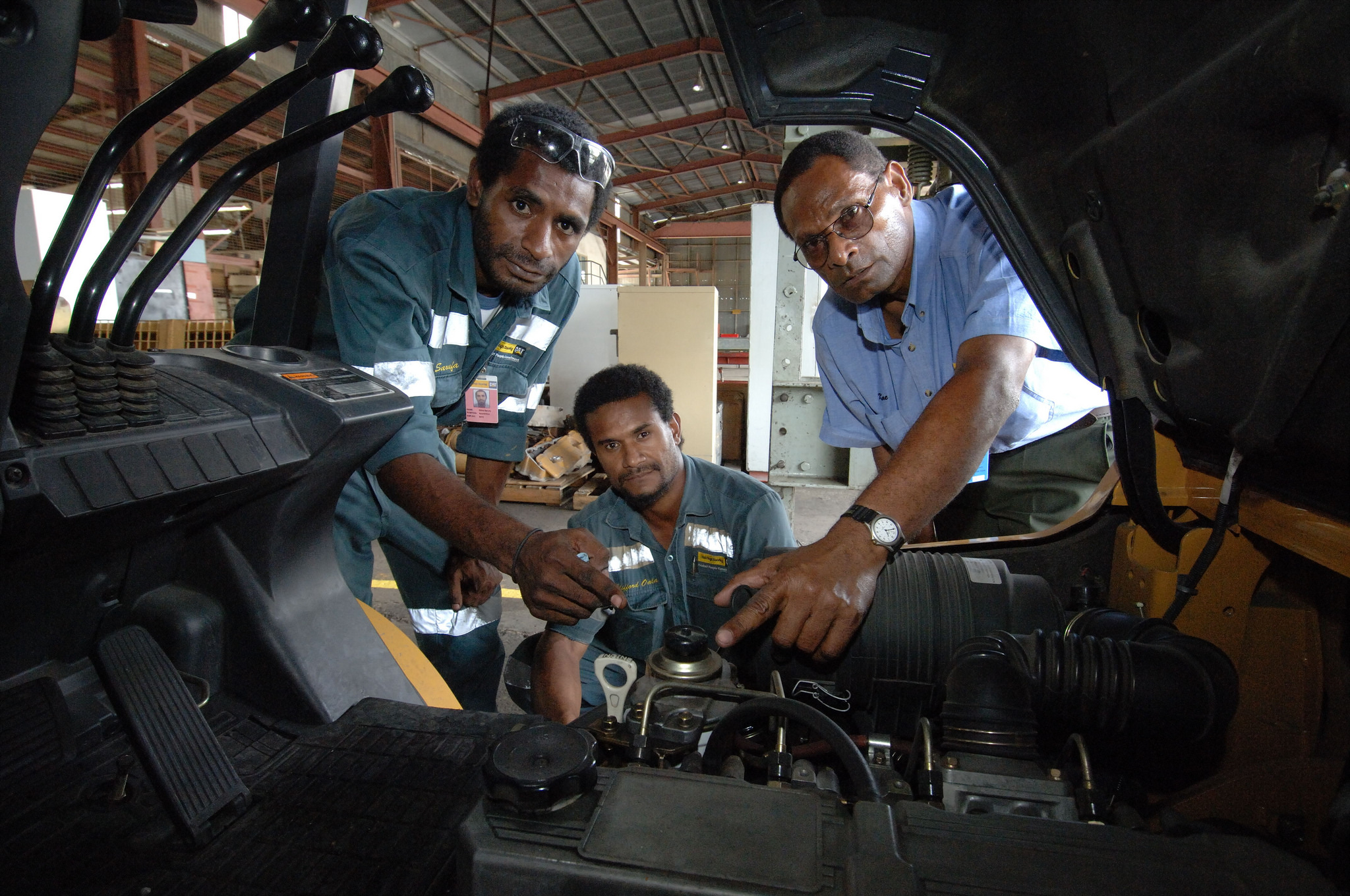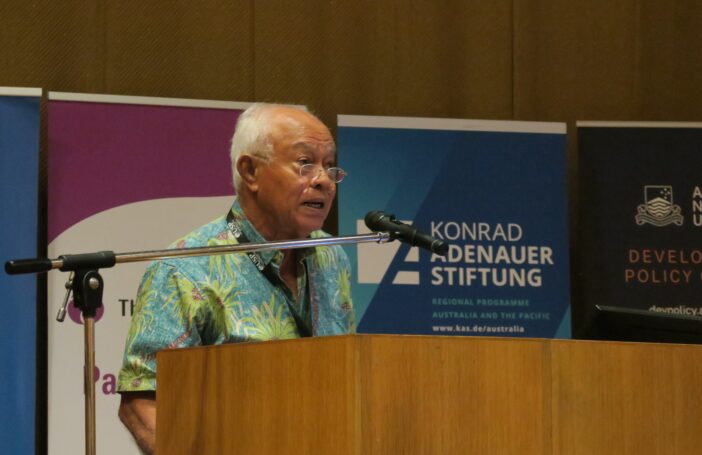The DFAT-funded Australia Pacific Technical College (APTC) has operated from five campuses in the Pacific for over a decade, producing more than 10,000 graduates of high standard. However, APTC did not deliver on some of its original objectives. One objective was to upgrade Pacific skilled workers to an Australian standard so they could move to work in Australia. Another was for APTC to be demand-driven, supplying training that met local and overseas skills needs. A third desired outcome was to have an impact on Pacific technical and vocational education and training (TVET) providers.
The design for APTC Stage 3 from mid-2018 to mid-2022 makes major changes in these three areas. The new design emphasises increased support for more graduates to work in Australia. There is a greater focus on the need for co-investment in training by those who benefit from it. The third major change is to develop more and deeper linkages to and encourage reforms of national TVET providers and systems.
The Stage 3 design addresses APTC’s original objective of enabling graduates to work in Australia by addressing the fears of Pacific employers about brain drain. Students are to choose which track they want to enter: the domestic (‘home’) track or the labour mobility (‘away’) track. The concept of dual tracks was first proposed by Michael Clemens in his 2014 paper on Global Skill Partnerships. In Stage 3, employees sponsored to do an APTC course by their employers will be required to take the domestic track. This is based on the employer’s expectation that they will return to their job after their APTC course. Students in the labour mobility (‘away’) track will be given additional support to increase their chances of finding work in Australia.
The design document points out that APTC’s reliance on scholarships in Stages 1 and 2 ‘has not been consistent with a demand-driven system and is not sustainable over time’. The actual demand for training in Stage 3 is to be tested by the willingness of those who benefit to contribute to its cost. The beneficiaries who will be asked to make a contribution to the cost of the training range from individuals and employers, to governments and donors.
The third important feature of the design for APTC Stage 3 is its focus on increased linkages to and reform of national TVET systems. A key challenge in any reform process is to find out the best place to start so the reform has a reasonable chance of succeeding. Another challenge is to get key stakeholders to not only identify the needed reforms but to also get them involved in their implementation. The approach proposed in the Stage 3 design is to set up coalitions for reform related to TVET in each Pacific country with an open agenda, backed by support from a facilitator, and expert advice where requested.
The concept of coalitions for reform is based on a broader approach to program design outlined in the doing development differently (DDD) manifesto. Crucial to this approach is the concept of problem-driven iterative adaptation, as proposed by Andrews, Pritchett and Woolcock in a series of publications. Their most recent is Building state capacity: evidence, analysis and action, a book available for download without cost. Another related concept used in the Stage 3 design is the bottom-up perspective thinking and working politically (TWP).
The essence of these approaches is a willingness to experiment and to learning from failures to identify and to make the desired changes. This requires a monitoring and evaluation process that is open to finding out early on what is working and what is not. Problem-driven iterative adaptation and learning by doing is the opposite of the design process used by risk-adverse donor agencies which have strong incentive structures to closely monitor and control outputs. A key challenge for the APTC in its Stage 3 version will be to work out how to operate in a more flexible and adaptive way to deliver more complex outcomes.
Richard Curtain is a Visiting Fellow at the Development Policy Centre.





Hi Richard,
APTC stage 3, as identified by the non too subtle name change to Australia Pacific Training Coalition, suggests a deeper integration between national providers and donor agency. However, until meaningful partnerships are forged between industry and providers, industry will not support TVET and student numbers will decline, especially if scholarships are reduced. Australian based curriculum is not appropriate for Pacific learners and must be contextualized, with national industry input, to support local industry need.
Stage 1 of APTC design had trainers working with students and employers in the field, which provided educational outcomes directly related to their work and fostered deep relationships between trainers, employers and students.
National RTO’s in the Pacific Islands will require significant capital investment to upgrade curriculum and physical resources commensurate with international educational standards.
It will be interesting to see how the different quality assurance mechanisms in campus countries will be reconciled with the stated graduate outcomes.
Regards,
Michael
Hi Richard,
Thanks for this update. The movement away from a scholarships model to a hybrid whereby students pay for part of the education they receive seems sensible, but also runs the risk of prohibiting those without the means to pay for their education up-front. Was there any consideration of a HECS style loan system to negate this risk? Or does that provide too many complications for a scheme that appears to be going through some significant restructuring in phase 3?
Cheers,
Jonathan